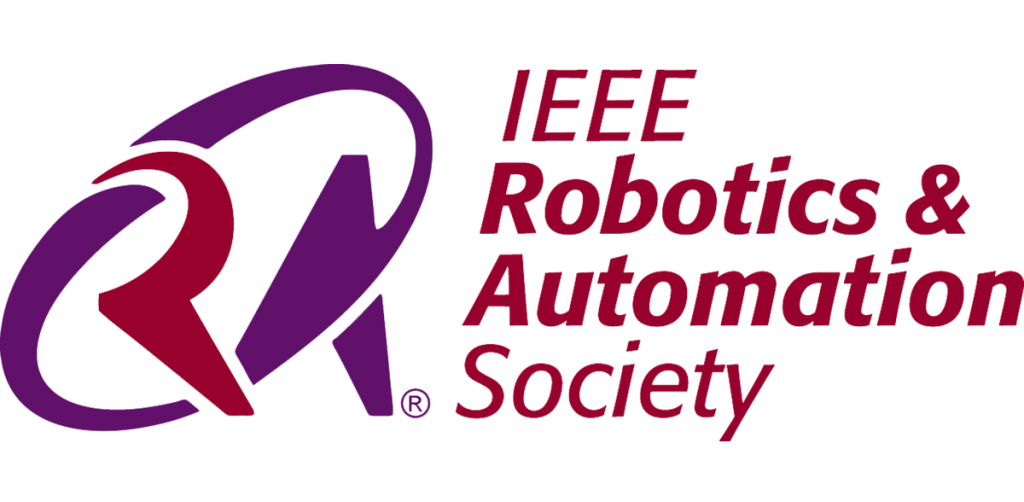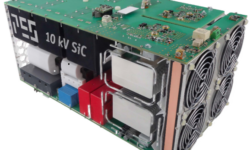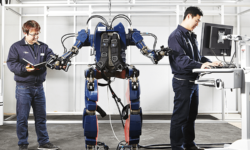I have many favorite dishes. There’s hardly time or space enough to list them all! The same dish can also be prepared very differently. We are moving towards the concept of personalized recipes and meals. Here comes the use of an automatic kitchen where you’ll be able to sample dozens of versions of the same dish, then choose which ones you want to keep in your library. This idea was brought about by Moley Robotics, the pioneering technology startup that’s bringing a fully-automated robotic kitchen to the consumer market. The prototype Moley robotic kitchen can already cook breath-taking meals, by itself, after tracing the movements of master chefs. So the robot will only do what a human chef did. The same utensil will therefore not be used twice, as long as it wasn’t used twice by the original chef. In the future, if the system detects that there is a food contamination risk, it will not allow you to record your recipe. It also has a standard food safety control procedure that will allow for detection and exclude all risks. Also, the robot will work in disposable silicon gloves. Thus the fear of food poisoning can finally be terminated. You’ll be able to use the kitchen in either its automatic or traditional setting. The advantage of such an approach is that you can prepare a dish yourself when you feel like it, or a user can record a cooking process so next time when he or she doesn’t feel like cooking, the robot can recreate the same dish itself. The interface for recording recipes will be friendly and easy to operate. The model is a platform for collective creativity and knowledge. You can sell your recipes or give them away for free. If you are a talented chef what could be better than introducing your dishes to a broad audience? This robot is safe in usage by nature and by architecture because it just repeats the movements of a human. Still, it has a control system in place. It will not allow the software to record a recipe that could potentially cause risk. It also has a protective screen. The robotic system is only activated if the screen is closed, and the robot will not start working if the screen is not in place. A kid will not be able to open up the screen by accident or on purpose. The kitchen’s interface will be protected by the biometric scanning system, like a fingerprint, the same way phones are unlocked these days. Michael Pollan says in his books and his latest Netflix documentaries that cooking is what made us human.Moley does not take away the knowledge and the ability of people to cook. On the contrary, Moley accumulates human knowledge. If you cook something truly unique, the robot will record the recipe precisely, and it will keep it for future generations to reproduce.
Moley opens up room for creativity in the restaurant business. If primary tasks are taken care of, then chefs can concentrate on bigger issues like the creation of new meals, or discovering the technology of cooking long-forgotten dishes from centuries ago. Thus robotic kitchens are indeed a boon for our society.
Today we see a peak of virtual optimization. Services such as e-commerce, logistics, database, and cloud services made everyone’s lives easier. Before automation people were performing all these tasks and often making many mistakes while doing it. Machines can do boring tasks 24/7, and without making mistakes. Automated productions prove that robots and AI make such tasks better without taking time off for lunches and weekends. The unique quality of humans is that they can create new models for themselves because only people understand what they want. If you think that we will see times when robots can predict human wishes, you are fooling yourselves. The robot can’t learn to interpret if the result will be satisfactory for a person. The creative process is the human’s territory. In the future, humans will not have to perform tedious tasks. This time can be used instead to compose music, write books, spend time with family, think and create something new.




